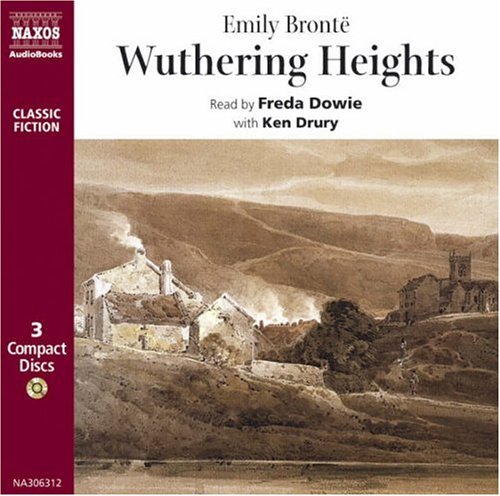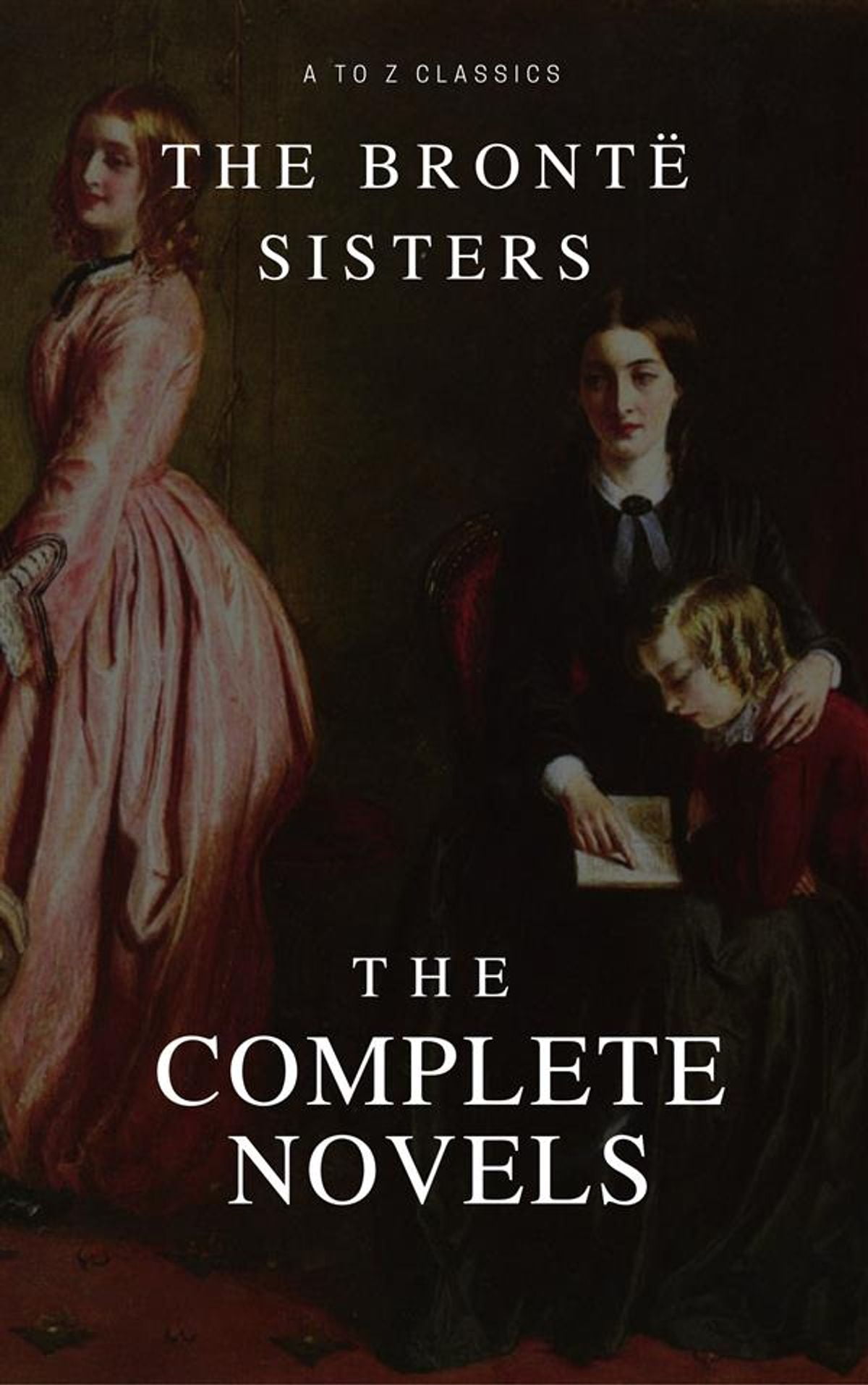

Image by Michael Wharley/Popara Films Ltd., courtesy of Warner Bros. In EMILY, O’Connor’s directing debut, she plays similarly loose and free with the source material, taking what little we know of Emily Brontë’s life and disposition and conjecturing what might have inspired her to write such breathtaking and original works. I enjoyed Frances O’Connor as a revisionist Fanny Price in the 1999 adaptation of Jane Austen’s Mansfield Park. The thorn-trees gaunt, the walks o’er grown, Here’s one lovely stanza, which proves Emily wasn’t all gloom and doom: My personal favorite is A Little While, A Little While, in which Emily rejoices in a short respite from the daily grind of work to revel in the beauty of the moors and her love for hearth and home.

Many of Emily’s most famous poems, such as No Coward Soul is Mine and Remembrance, are magnificent yet sad laments about death or lost love.

It’s less well known that Emily Brontë also wrote some 200 stunningly beautiful poems, which range from rapturous and uplifting to fierce and bleakly despairing.

That secret power gave us Wuthering Heights (1847 ), a tale of cruelty, revenge, and obsession, which many consider to be one of the greatest novels ever written in the English language. “Except to go to church or take a walk on the hills, she rarely crossed the threshold of home.” And yet, within this “unsophisticated” young woman, Charlotte exclaimed, “lay a secret power and fire that might have informed the brain and kindled the veins of a hero.” “My sister’s disposition was not naturally gregarious,” Charlotte wrote. Her sister Charlotte, to whom Emily was “dear to me as life,” described Emily as an unsophisticated loner. When she tragically died at age 30 of tuberculosis, she left behind few preserved letters, and no diary to reveal her private thoughts and feelings. In the film EMILY, Emma Mackey brings Emily Brontë to vivid life in writer/director Frances O’Connor’s thrilling blend of fact and fiction.Įmily Brontë is something of a mystery.


 0 kommentar(er)
0 kommentar(er)
